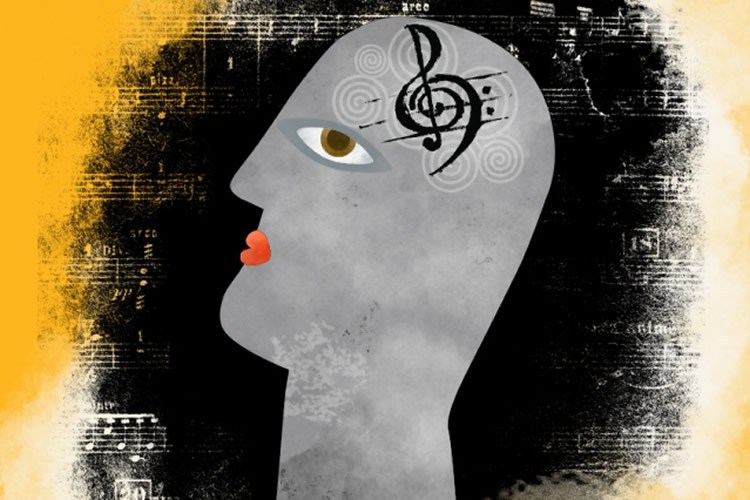Strike a Chord: Healing the Brain with Science and Song

Walking down the hallway at the Institute for Music and Neurologic Function, it's not uncommon to hear soft strains of jazz music. In fact, on a normal day a visitor might hear all kinds of music, from raucous drum circles to someone singing Frank Sinatra. That's because the Bronx-based institute specializes in studying how music affects the brain.
Founded in 1994 by music therapist Concetta Tomaino and famed neurologist and author Oliver Sacks, the institute provides its various therapies through the CenterLight Health System. These methods address a vast range of conditions, from Alzheimer’s to PTSD.
Tomaino, who is currently the executive director, says the therapies can have profound results. She’s seen many of these results with her own eyes, and can remember exactly when it struck her that music could be an important tool in neurological study and treatment.
“Back in 1977, I had seen people who were deemed to be without functional brains,” she said. “I was told they couldn't respond to music, they didn't know who they were, they didn't know where they were. However, with those same people, I started singing a song—I was playing guitar—and people who seemed to be catatonic and totally removed from the world around them opened their eyes and looked at me, and half of them started singing along.”
This experience set Tomaino on a lifelong path of studying exactly how music can have such a profound impact on damaged brains, though she had a rough start. Back then, in the late ’70s, there was little research on the relationships between music and the brain. It wasn’t until 1980 that things started coming together. That’s when Tomaino began working with Beth Abraham health services (which later became CenterLight) and met Sacks.
Since then, Tomaino said medical understanding of music’s role in the brain has grown exponentially, although it wasn’t always easy. Music is a complicated stimulus. Any song, Tomaino said, “has vibration, it has rhythm, it has melody. If it has words, there could be historical and emotional attachments.”
All these different components have the potential to affect different parts of the brain. And Tomaino said this is vital to recovery.
“The brain does have this plasticity, she said.” That means the brain is able to repair itself—and music can jump-start that process.
“Take somebody who has a stroke where you actually see a lesion, or lack of responsiveness in a part of the brain. When that person is engaged in some kind of repetitive musical intervention and starts re-acquiring that skill, you actually see another part of the brain starting to form networks to allow that to become a permanent response—so, a real recovery,” Tomaino said.
This may sound complex, but for many of the people in the institute’s various therapy programs and wellness groups, it brings much-needed clarity.
One popular program is a wellness group for veterans with PTSD and traumatic brain injuries. The participants have been meeting for jam sessions for about two years; they play together in a drum circle, and learn songs to sing together. Members said the activities can help with the memory issues, depression, and various other ailments that often come with PTSD.
Jeremy Deliat, a program assistant who helps out with the veterans group, knows its benefits firsthand. He isn’t a veteran, but after becoming a double-arm amputee, Deliat suffered from PTSD and spent a year doing therapy at the institute. He says above all else, the program can serve as an escape for veterans.
“What music does,” he said, “is it…it gives them a place to turn it all off.”

